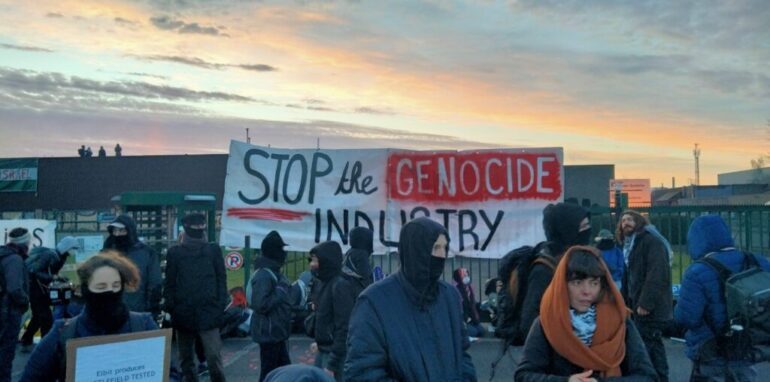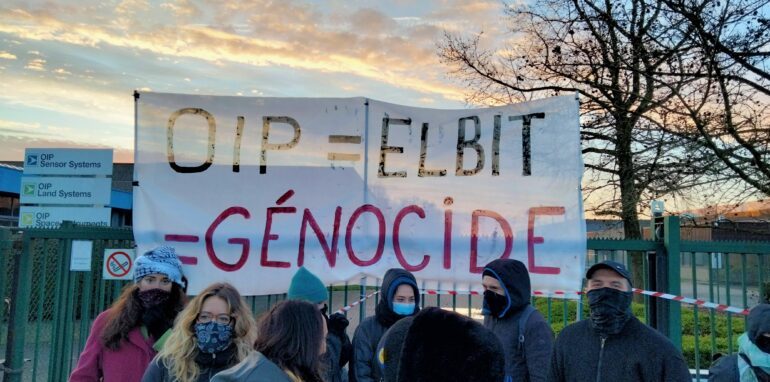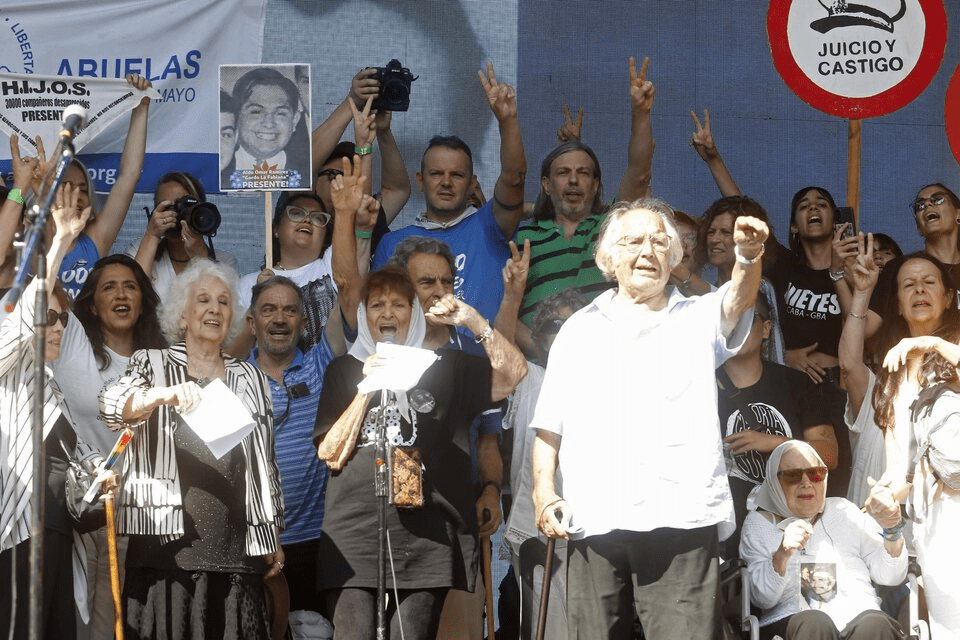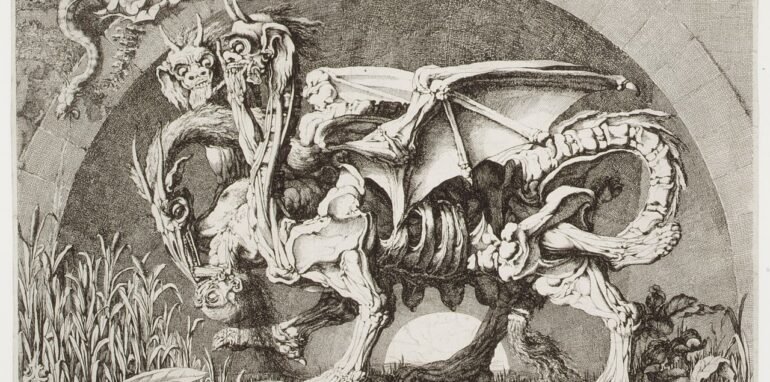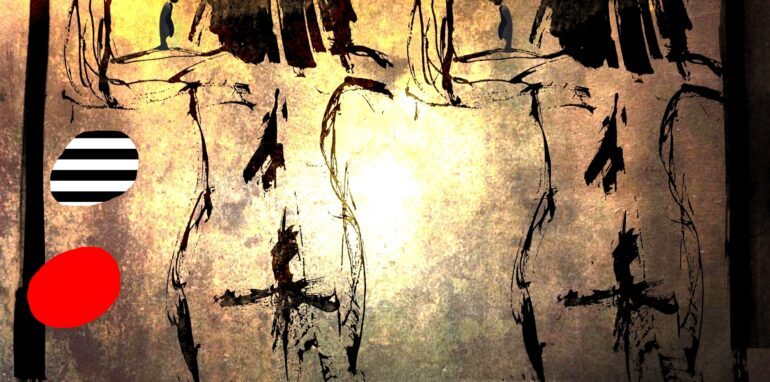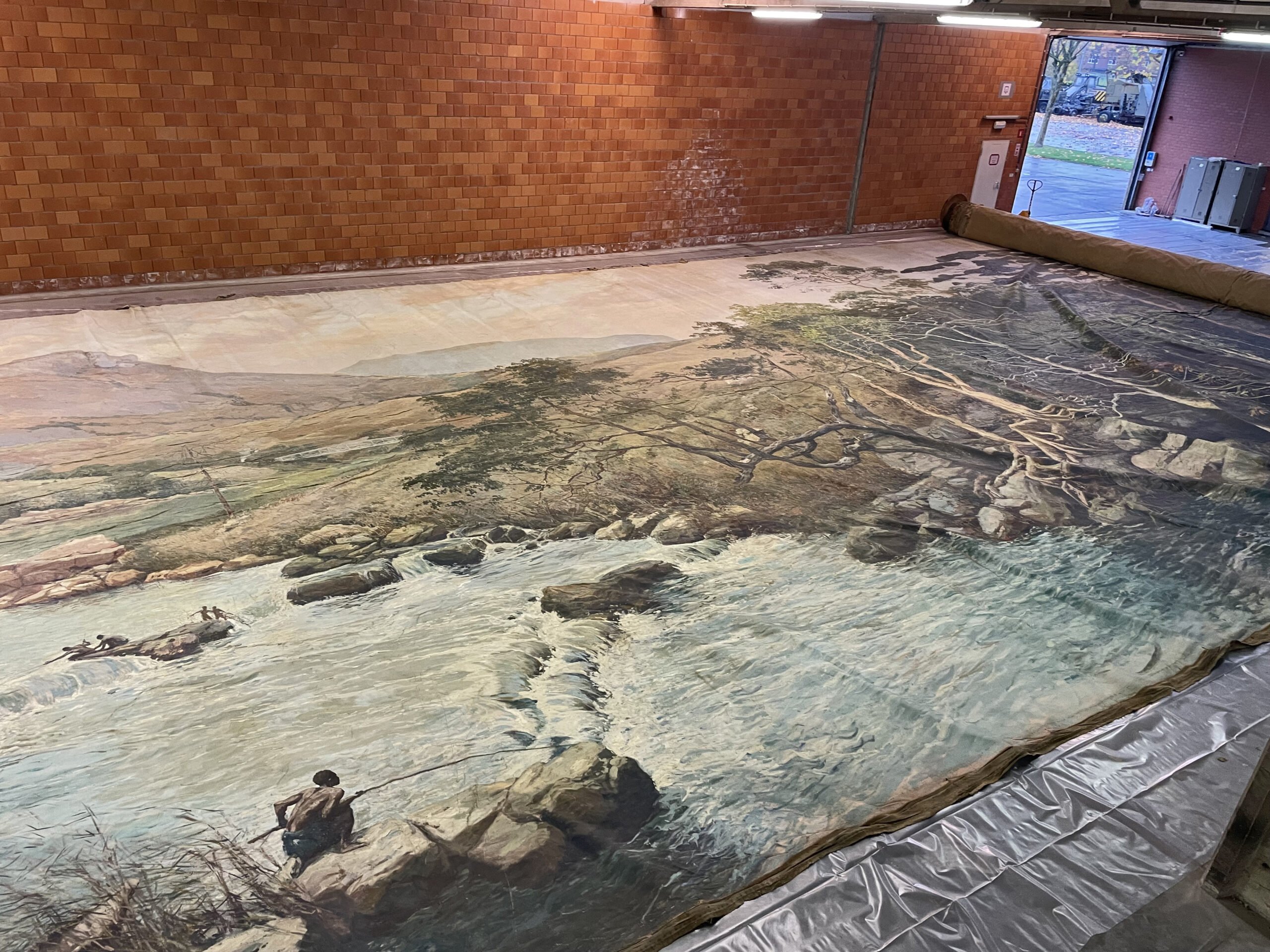“While silent, the space becomes a story in the moment when the popular movement takes place. The motion of the bodies, as the motion of the sea, freezes everything around. Running to the altar, in front of the piazza, under the dome, in front of the fountain… each step is uncontrollable. During this movement, history is being unfold, a history based on different perspectives, on a series of trompe l’oeil and forced projections. The perspective of the one holding the power is confronted with the one of the wave taking over the public space. Sure, all this leads into a sort of a guided narrative. The path is theatricalized as to stimulate a story, where through scripted spaces the crowd holds the main role. In this urban atmosphere, the image emerges, disappears and renews itself, revealing a conscience on the controllability of the city.
While disoriented we perceive things that we did not noticed before. We hear sounds that we never hear and we meet people that we never saw before. What does the fictive image of the city that a inhabitant has created becomes at this moment? All this gives the possibility for new narratives. The city becomes than a compressed space perpetually changing. The rhythm of the body is guided through the space by the orchestration of the sound, of the images and the movement. Under a series of events, every body follows the same choreography, giving the notion of time to the space.” *
February 20, 1991. Skanderbeg Square. The statue of Hoxha collapses and within it the People’s Republic of Albania. This hermetic country suddenly opens to the world after half a century of isolation. The society temps to reach a way of healing from the opressive past. Still, the inescapable tension of the frozen movement remained in the memory of the square… it kept on blurring the perspective.
The last years during the process of “modernization” of Tirana, the square has undergone major changements leaving behind the memory of the first stones put into place by the king Zog in the beginning of the 20th century, the statue of Stalin which once was fiercely standing on the square, the golden bust of Enver Hoxha… Once the square allowed masses, thousands of people creating a wave, to take over the power, reversing positions and take upon the communist regime. Today, the square seems to ignore the past. Water, trees and a flat pyramid create a square of leisure designed by 51N4E. But leisure kills public space! Therefore, this would be a way to exercise control over it. Are the inhabitants of the city of Tirana deprived of their main public space?
In this perspective where the intention of the architects seem to be unclear, considering the public space being a space of claiming ones rights, my questions would then be: What does the actual square allows to the bodies? How bodies are influenced by these new surroundings? How do our bodies convey informations on the comprehension of the new surrounding context and situation? How do they manipulate this reality? What “space of appearance” does the new square gives to the masses?
For Buttler, the material environment must be a support for action but at the same time, according to her, the masses have the power to reshape a given space. ‘‘As much as we insist on there being material conditions for public assembly and public speech, we have also to ask how it is that assembly and speech reconfigure the materiality of public space, and produce, or reproduce, the public character of that material environment.” she writes. In the case of Skanderbeg Square, to what extent this space gives place to the masses? What space does it give to the body? How would the materiality of the new square allow the crowd to reach the other side of the space? What influence over the behaviour of the people has the new square?
In this impasse, according to the scpeticism that I have towards what is visible (and the lack of answers to my questions), I will wait till my next visit to Tirana to experience the feelings that the square will procreate on me…
Atdhe Hogoshti
Sources:
* Re-embodying pressure – Atdhe Hogoshti
Bodies in Alliance and the Politics of the Street – Judith Butler





